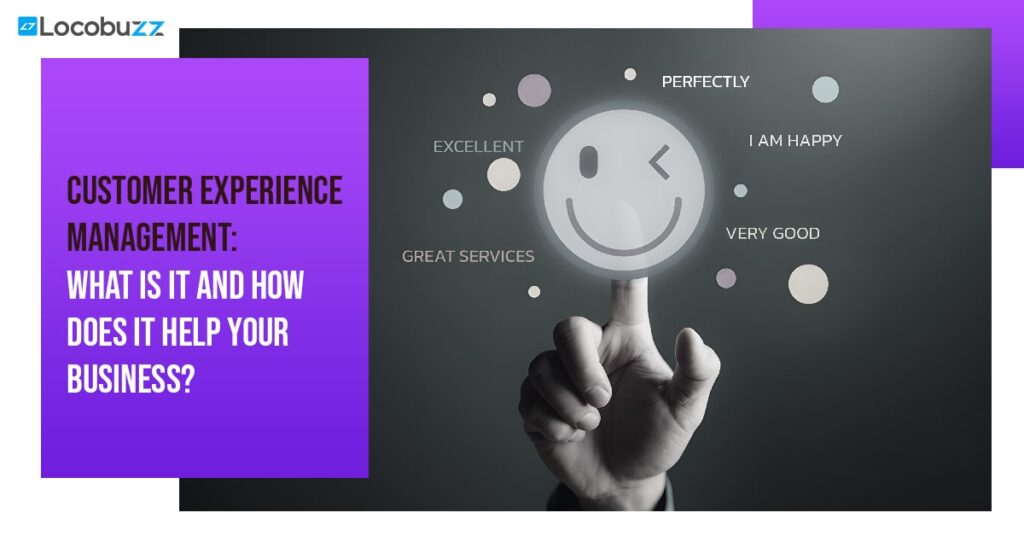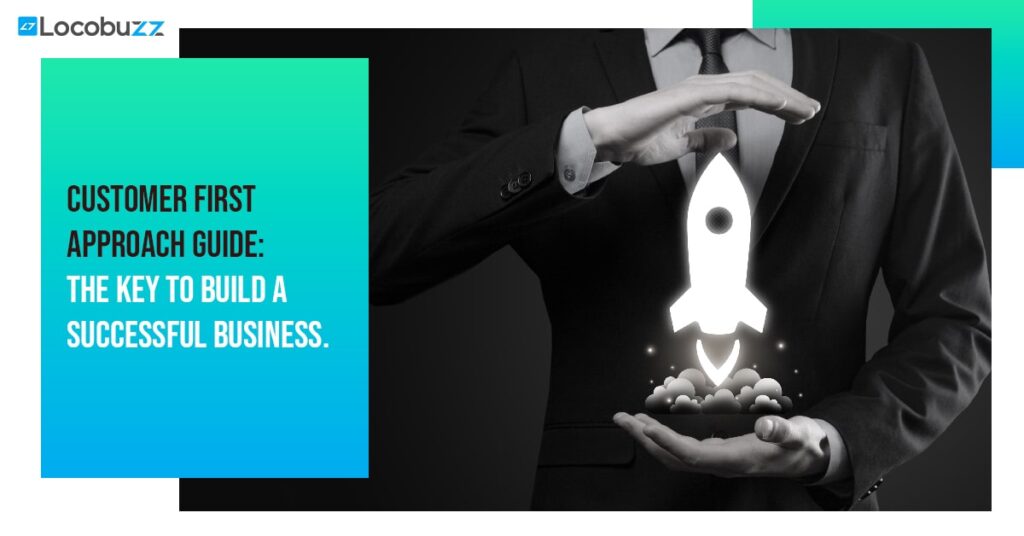Customer Service Vs Customer Experience: Understanding the Vital Difference
What is Customer Service? Customer service is a crucial element of any business that wants to build strong relationships with its customers. It involves providing support to customers throughout the entire customer journey, from the moment they first become interested in your product or service to well after they make a purchase. Good customer service requires businesses to be responsive to customer inquiries, provide accurate and timely information, and address any issues or concerns that customers may have. It’s essential to create a positive experience for customers by showing that you value their business and are willing to go above and beyond to ensure their satisfaction. Some examples of good customer service include providing a seamless checkout process, offering personalized assistance, and responding quickly to customer inquiries. When businesses provide excellent customer service, they can build strong customer loyalty, increase customer satisfaction, and generate positive word-of-mouth referrals. Why is Customer Service Important? Customer service is a vital aspect of any business, as it plays a critical role in building and maintaining strong customer relationships. Good customer service is essential for several reasons, including: Building customer loyalty: When customers receive excellent service, they are more likely to feel valued and appreciated by your business. This can lead to increased customer loyalty and repeat business, which can help to sustain your business over the long term. Enhancing brand reputation: Good customer service can help to create a positive impression of your business and enhance your brand reputation. Customers are more likely to share positive experiences with others, leading to increased word-of-mouth referrals and brand awareness. Increasing customer satisfaction: When customers receive prompt and efficient service, they are more likely to feel satisfied with their overall experience with your business. This can lead to higher customer satisfaction rates and positive reviews. Boosting sales and revenue: By providing excellent customer service, businesses can increase customer retention rates and generate repeat business. This can help to boost sales and revenue over time. Overall, good customer service is essential for businesses of all sizes and industries. It helps to build trust and credibility with customers, creates a positive reputation for your brand, and can lead to increased sales and revenue. Examples of Customer Service Some examples of good customer service include responding promptly to customer inquiries, resolving customer issues effectively, and providing personalized assistance to customers. For instance, Amazon’s customer service team is known for its quick response time and willingness to go the extra mile to help customers. Challenges of Providing Good Customer Service Providing excellent customer service can be challenging, especially when dealing with difficult customers or complex issues. It requires businesses to invest in training their employees and creating a customer-centric culture. Additionally, businesses need to have the right tools and processes in place to enable their customer service teams to provide efficient and effective support. What is Customer Experience? Customer experience refers to the overall impression that a customer has of your business based on their interactions with your brand. It includes all touchpoints that a customer has with your business, including online and offline interactions. Why is Customer Experience Important? Customer experience is a critical factor in building long-term customer relationships. It can set your business apart from your competitors and create a positive brand image. When customers have a great experience with your brand, they are more likely to become loyal customers and recommend your business to others. Examples of Customer Experience Some examples of excellent customer experience include a user-friendly website, easy checkout process, personalized communication, and timely delivery of products. For instance, Apple is known for providing a seamless customer experience across all its touchpoints, from its website to its physical stores. Challenges of Providing Good Customer Experience Providing a great customer experience can be challenging, especially when dealing with multiple touchpoints and channels. It requires businesses to have a deep understanding of their customers’ needs and preferences and to provide a consistent experience across all touchpoints. Additionally, businesses need to be able to adapt to changing customer expectations and preferences. The Differences Between Customer Service vs Customer Experience? While customer service and customer experience are closely related, there are several key differences between the two: Focus: Customer service focuses on providing support to customers throughout their interactions with your business. This includes addressing their needs, answering their questions, and resolving any issues they may have. In contrast, customer experience is about creating a positive overall impression of your brand based on the customer’s interactions with your business across all touchpoints, from browsing your website to receiving their purchase. Transactional vs. Emotional: Customer service is a transactional experience that focuses on meeting the customer’s immediate needs. It’s about providing efficient and effective support to ensure that the customer’s needs are met. Customer experience, on the other hand, is about creating an emotional connection with the customer by providing a memorable and positive overall experience. It’s about going beyond meeting the customer’s basic needs and creating a positive emotional response that will leave a lasting impression. Scope: Customer service typically focuses on specific interactions or touchpoints between the customer and your business, such as a phone call, email exchange, or in-person interaction. In contrast, customer experience encompasses the entire customer journey, from the moment the customer becomes aware of your brand to their post-purchase experience. Metrics: Customer service is typically measured by metrics such as response time, resolution time, and customer satisfaction ratings. In contrast, customer experience is measured by metrics such as Net Promoter Score (NPS), customer loyalty, and customer lifetime value. Overall, while customer service and customer experience are related, they represent different aspects of the customer journey. Customer service is focused on meeting the customer’s immediate needs, while customer experience is about creating a positive emotional connection with the customer across all touchpoints. Both are essential for building strong customer relationships and driving long-term business success. Customer Service vs Customer Experience: Which Matters More? Both customer service and customer experience are critical to the success
Customer Service Vs Customer Experience: Understanding the Vital Difference Read More »










